Whether your firearm is used for self-defense, hunting or target shooting, it needs to go bang every time you squeeze the trigger. If it fails to load, fire and eject the spent cartridge you could be facing a life threatening situation or just an inconvenience. The ultimate goal in any situation is the safe discharge of the firearm while it is pointed at the intended target.
The vast majority of firearms share commonalities and types of components such as the trigger, firing pin, barrel and ejector. In the early firearms development stage, when black powder was the propellent, the firearm had three general components. The lock, the stock and the barrel, hence the term “lock, stock and barrel”. Most gunsmiths at the time were locksmiths and were able to fabricate the intricate mechanical components of the firearm which consisted of levers, sear, pins and springs. If any of these components didn’t work as designed the firearm would malfunction. The tolerance between the moving parts in a modern firearm is much more precise than those made two hundred years ago. These finely tuned parts require cleaning and lubrication.
Just as you wouldn’t expect a vehicle’s engine to run forever without an oil change and maintenance, you shouldn’t expect a firearm to do so either. Today we will focus on long guns (rifles and shotguns), but much of the information presented here is also applicable to pistols.
It has been my experience that most people fire their firearms and either put them away after running a patch or two (soaked in solvent) down the barrel(s), wipe of any mud or dirt on the outside, shoot a couple of squirts of gun oil into the action and call it done. Some owners don’t even do that, yet they expect the firearm to work flawlessly the next time they squeeze the trigger. I actually have had customer’s rifles that were 50 years old and never cleaned and only brought to me after they stopped functioning (see photos).

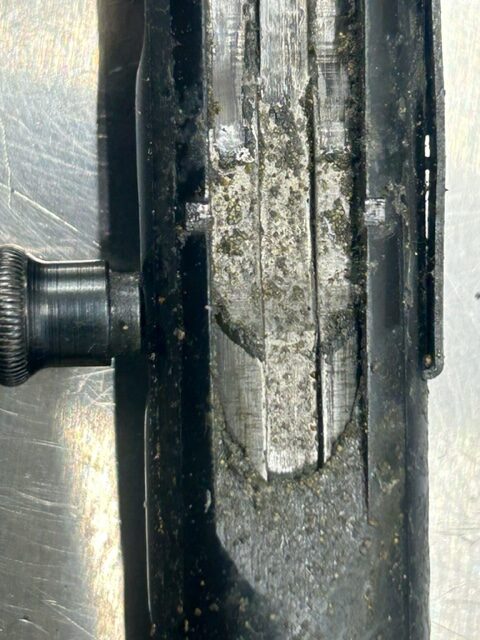

Firearms must be cleaned and lubricated after every use. The U.S. Army requires two field stripping and cleaning of every weapon after they have been fired. That being said, military weapons have the ability to be ‘field striped’ (disassembly of the major components) to allow cleaning and lubrication. Having a dirty weapon on a battlefield is the ultimate sin for a soldier.
Many modern firearms cannot be field striped or can only be partially disassembled by the owner. In these cases it is imperative that the owner take the gun to an armorer or gunsmith for disassemble, inspection and cleaning. The average cost of this procedure is between $40 and $80 and it will prolong the life of your firearm and ensure its safe and reliable operation. In addition to cleaning, gunsmiths and armorers, can inspect the internal parts (springs, pins and wear surfaces) and recommend replacement before failure. A note of caution here. Please do not take your gun apart yourself. There are special tools (especially screwdrivers) used by gunsmiths, and without them you will mar your gun, possibly damage it and most likely loose a spring or pin and cause its value to diminish. This is not an attack on your mechanical aptitude, but a caution. I have had too many firearms delivered to me in boxes or bags by the owners, often with parts missing.
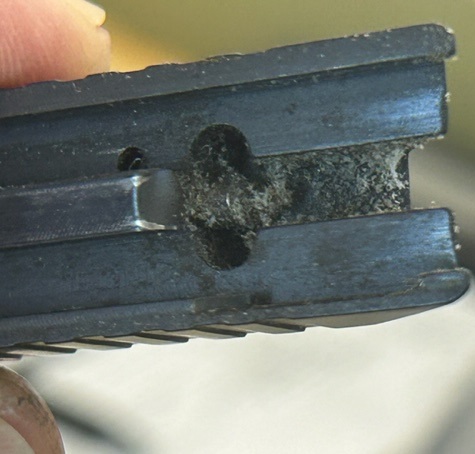
In between these major cleaning efforts done by professionals, your long gun should be cleaned after every use. Notice I said ‘use’ and not ‘firing’. Many hunters will take their long gun out of the safe (which is climate controlled) and take it outside for hours or days. Exposing it to cold, heat, moisture, rain, sleet and snow and never fire a shot. Duck and goose hunters have a particularly harsh environment that sometimes involves brackish or saltwater moisture that is devastating on firearms. Your firearm should be cleaned after every use. The bore should be cleaned with the proper cleaning rod (I prefer to use fiberglass so I don’t scratch the barrel) soft cotton patches and a cleaner/lubricant (I prefer CLP, but there are many good brands on the market). Once the bore is cleaned and lubricated the outside of the firearm should be wiped down with gun oil. The best method I have found to do this is with a clean cotton flannel coated with a few drops of gun oil. The flannel needs to be cotton and it should be washed several times, (old flannel pajamas work well). Your can use any quality gun oil, like Rem Oil, (which is mineral oil and paraffin compounds). There are several new products out there that contain different waxes, Teflon, PTFE (Polytetrafluitiethylene), etc. My biggest recommendation is avoid anything with silicone. It tends to build up into a gummy substance over time and actually attracts dirt and dust.
Before I recommended to wipe down all of the exposed metal on the weapon. This doesn’t mean spray everything with a coating and wipe off most of it. If you have a spray, spray a little on the flannel cloth and wipe the metal down. There should be a very light film of lubricant on the metal when you are done. This is not a ‘more is better situation’. I have repaired (restored) so many firearms that have been over lubricated. Rifles and shotguns tend to be stored with the mussel pointed up (in a gun rack, safe or corner of a closet). If you over lubricate the gun that residual oil will find its way to the stock and the wood (walnut, maple) will absorb every drop of it. Over time a dark area, where the metal and wood connect, will form and spread. The oil soaked wood will be weaker. In a long gun the oil will generally soak into the area of the stock called the wrist. This is the area of wood that first absorbs the recoil of the metal against it when the weapon is fired. It is also the smallest area of wood (diameter). The impact of recoil will, over time, split the wood and cause an unsafe condition.
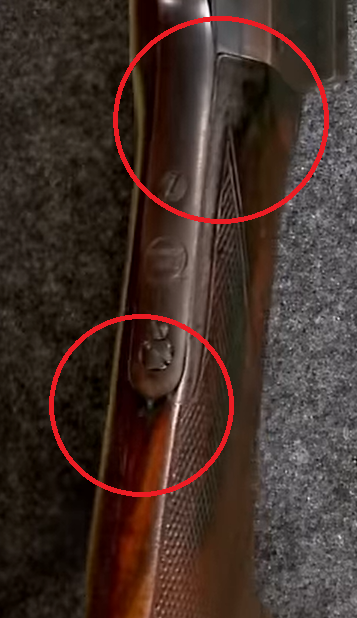
The proper maintenance of your firearm will prolong its life, maintain its value and provide you with a reliable, safe tool to enjoy for years to come.
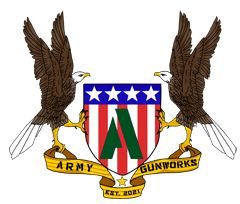
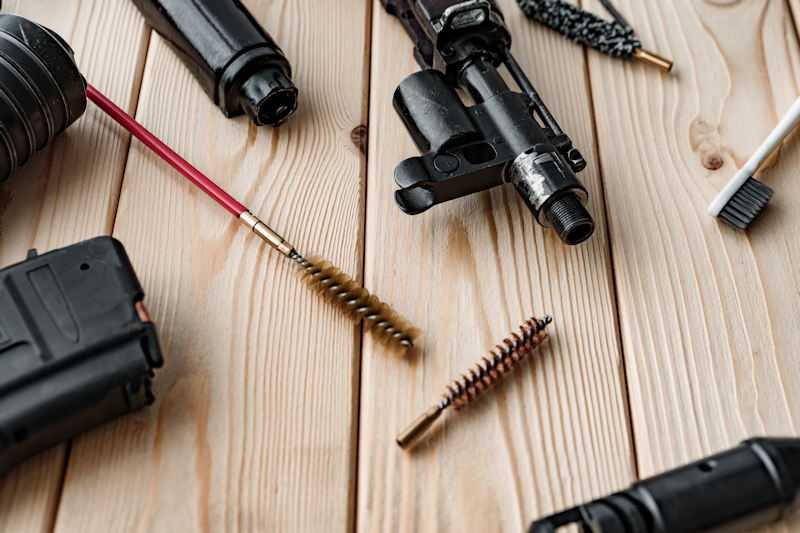
Recent Comments